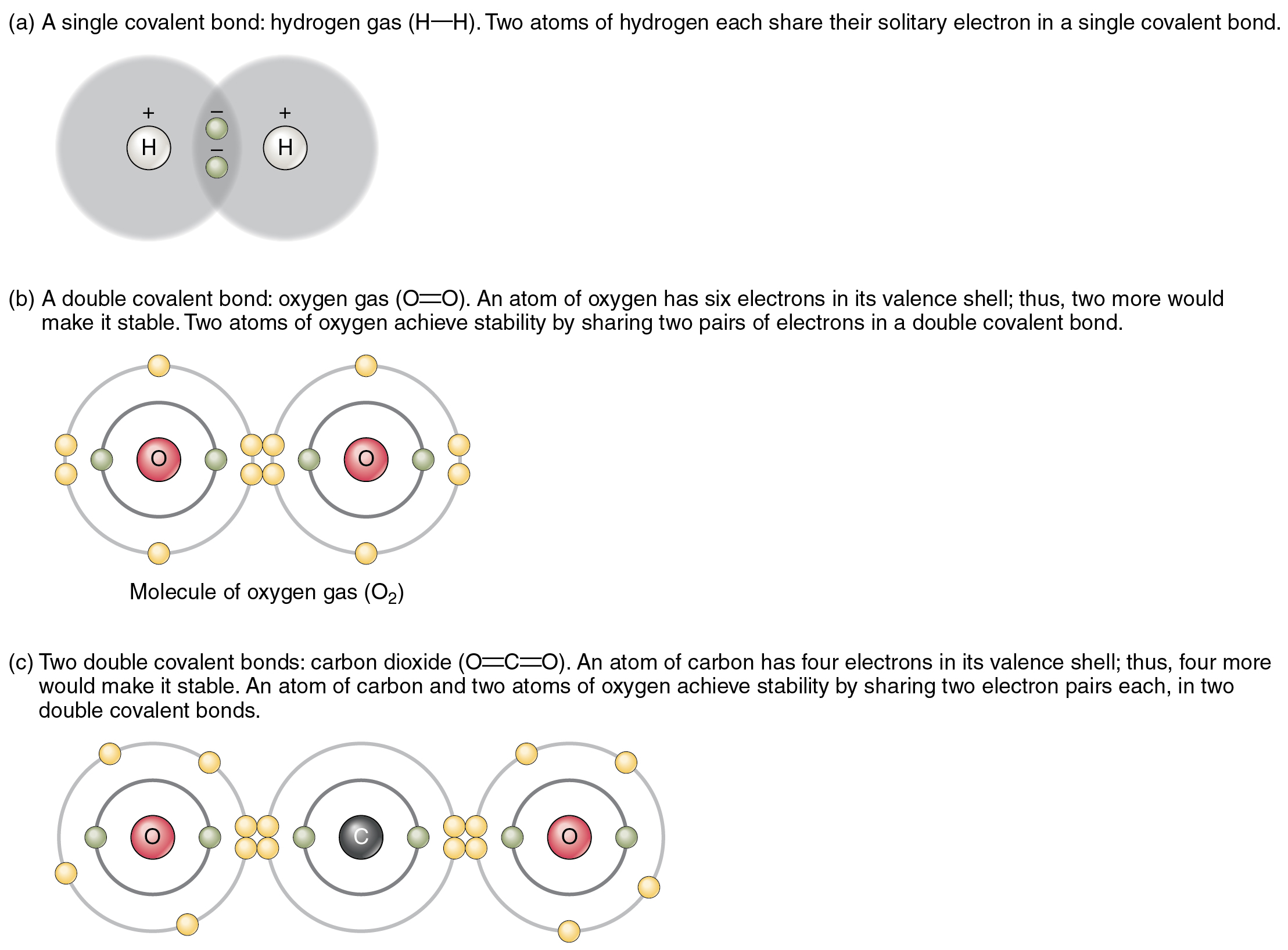How To Tell How Many Bonds An Atom Can Form - The number of bonds that an atom can form can often be predicted from the number of electrons needed to reach an octet (eight valence. The number of electrons required to obtain an octet determines the number of covalent bonds an atom can form. As we will see below, the periodic table organizes elements in a way that reflects their number and pattern of electrons, which makes it useful for. This is summarized in the table.
As we will see below, the periodic table organizes elements in a way that reflects their number and pattern of electrons, which makes it useful for. The number of electrons required to obtain an octet determines the number of covalent bonds an atom can form. This is summarized in the table. The number of bonds that an atom can form can often be predicted from the number of electrons needed to reach an octet (eight valence.









